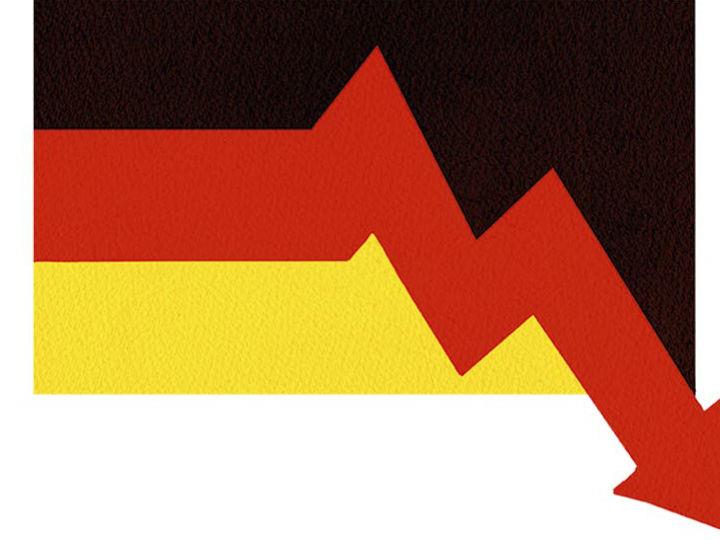by Radu Magdin
That India would grow was a fact to all but the most pessimistic. While ‘the Hindu rate of growth’ may have made for the odd op-ed, simple extrapolation from Maddison’s dataset on historical GDP figures show the Indian subcontinent to have had fairly similar GDP figures to China for most of modern human history. It was its riches after all, that drew much of Europe’s to colonial empires in the first place. Mean reversion alone made it clear that post-colonial India would be a giant in its own right.
Meanwhile, the fact that so many of Fortune 500 companies are Indian, as well as the number of Indians obtaining American STEM PhDs or filling the ranks of Silicon Valley’s technological elite or New York’s financial elite reflect on the potential of India’s booming population of 1.3 billion people. Expected, using the United Nation’s medium scenario, to grow to no less than 1,639,176,000 people by 2050 and level off at about 1,45 billion around 2100, the figures speak for themselves: a billion entrepreneurs are coming on-stream in the global economy. At the very least, that is a billion workers, consumers, savers, citizens, thinkers, researchers, programmers and auto-mobile users – enough to transform both India itself and ripple across Asia.
It reflects in the numbers: PwC estimates that India will overtake the United States in GDP at USD PPP terms by 2050, growing at a rate of about 4.1% to reach USD PPP 19,511 billion by 2030 and 44,128 bn by 2050, only marginally behind China’s estimated USD PPP 58,499 bn at the same timeframe.
In other words, that India’s path is upward is self-evident. Most fawning commentary, while a welcome testimony to the efforts of millions, amounts to little more than stating the law of gravity – and in India’s case that is the gravity of almost one billion and a half intelligent, entrepreneurial people. The actual question for India, and specifically India’s most powerful families, is whether the wealth of those one and half billion people will be shared widely or accumulate to a few.
The Industrialisation Question
That in turn may be nominally described as a question of institutional development. Shared prosperity, it is said, will depend on whether rule of law supersedes rule by law. It depends on a strong middle class demanding middle class public goods from middle of the road representatives.
At least in theory – and that is problematic for India. Most of that theory was written during a very particular time in human history, namely the Second and Third Industrial Revolutions where factory jobs for high-school graduates could purchase suburban houses in America and apartments in Europe. That, as the NYU economist William Easterly relates in his The Elusive Search for Growth, tended to translate into an often-misapplied template of capital accumulation, high investment fuelled by domestic savings, rapidly improving educational standards, institutional development and, ultimately, democratic politics and the move towards a consumer society. That is indeed more or less the path followed by East Asia, the development miracle of the world.
India’s path may prove very different. The key in all of the above was quite simply industrialization fuelling the move from an agricultural society to a market-based, predominantly urban society. Without industrialisation, individual factors do not seem to have much weight in this process. And the technological context for those factory jobs is quite simply becoming a matter of the past. Indian workers will not be able to compete with machines the same way Chinese, Korean or Japanese workers once competed with American and European ones on labour costs. In other words, the jobs lost in America are now being lost in China – but not to Indian workers or Vietnamese workers, but primarily to machines. Automation will not spare anyone. Consequently, Indian industrialisation will look quite different from previous waves.
That, in turn, means India’s path may be very different. Low value-added garment industry jobs do not translate into mortgages, nor can everybody grow up to be a software developer in India’s otherwise gleaming tech hubs. It might have been fashionable to say that ‘the world is flat’ and, as China becomes the world’s manufacturing hub, India will take over as the world’s back-office, but the number of high paying jobs created ultimately falls short of an actual replacement for that process.
Family Choices
In turn, that means that the clans that naturally rise in an emerging market where personal connections are critical, may not be diluted by this spreading of prosperity through wider industrialisation. The consequence is that India’s path will depend significantly on how responsive India’s most important families are to the needs and wants of the growing group of workers who are striving for middle class status but are not quite reaching it.
Responsiveness need not imply representation. The Chinese government, for example, or Japan’s Liberal Democrat Party, are not necessarily showcases of democracy and electoral representation (on the contrary, some would say). Yet they are in fact extremely responsive to the needs of the populace to provide both material public goods – such as housing, sanitation and security – and immaterial public goods – such as an effective justice system. In fact, a trade-off between prosperity and democratic representation has been the innovation that Asia proposed to political science. In India’s case, this elite responsiveness is even more important as there will be less pressure to provide them.
The path these families choose will determine India’s own development path. One way or another, as with India itself, it will be unique.




 By: N. Peter Kramer
By: N. Peter Kramer

